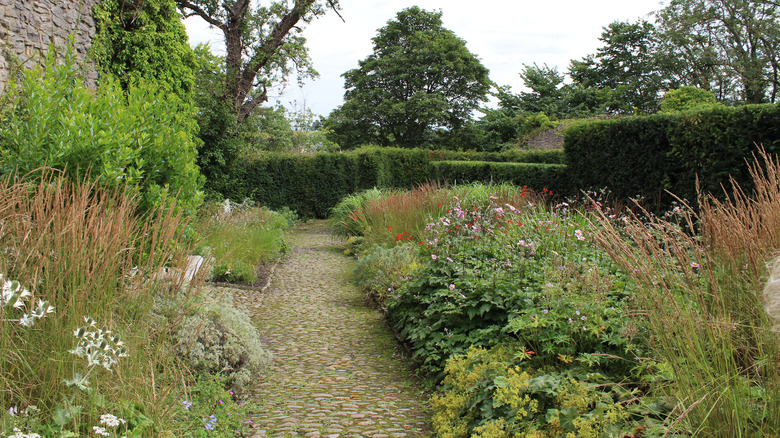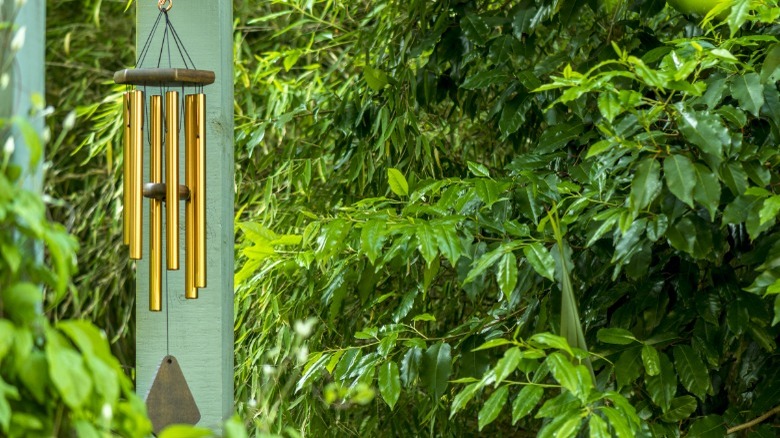Why Sensory-Friendly Pathways Are Essential For Your Outdoor Patio
In case you missed the memo, sensory-friendly garden pathways are all the rage in current garden trends. It's easy to understand why. Sensory-friendly pathways in our outdoor areas enrich the experience of nature and relaxation while simultaneously invigorating our senses. It means incorporating features like wind chimes, waterfalls, and bird feeders. It means including different textures, such as stone and wood, and even adding some aromatherapy and other aspects. Are you starting to get the general idea?
If not, don't worry; we're going to fill you in on all the essential details you'll need to incorporate sensory-friendly pathways into your outdoor patio area. This is an exciting new trend that will enhance the outdoor experience for everyone who visits your home and property. These pathways are also helpful for those with sensory processing disorders or impaired vision, and children love them. However you decide to incorporate sensory pathways, you'll be delighted at the endless options for a unique and fun design.
What is a sensory-friendly pathway?
Sensory-friendly pathways are designed so that each walkway incorporates multiple different materials that each provide a different experience under your feet. They're built with the intention of walking barefoot on them to fully experience the sensations they offer. Common materials used to create the paths are concrete pavers, smooth (sanded) wood, bricks, smooth and round stones, ground cover plants with a strong smell, and gravel. The paths typically have a border and are often segmented into specific sections.
They also require a lot of planning and forethought involving things like drainage, weed control, and maintenance. They're typically designed with children or those with certain disabilities in mind, so keeping the pathways engaging to as many senses as possible is ideal. Each segment of the path should be dedicated to a different sensory experience. There are ways to incorporate sound, sight, smell, touch, and even taste. It can be a cornucopia of sensory delights!
How to design a sensory-friendly garden pathway
To build a sensory-friendly pathway of your own, start by determining where you want it located. Go outside with a 100-foot tape measure, string, and some stakes, so you can begin to roughly mark it out. This will give you a visual idea of where you can put it with enough space for the sections you want to include. Use concrete pavers or bricks for the outside edge and use them to frame each section. Once you have the area marked out and a framed edge around the segments, then you can design the sensory experiences you want to place within them.
Different textures like sand, grass, and smooth stone pathways are terrific ideas for variable surfaces for the different sections. Additionally, consider adding fragrant flowers along the path, like jasmine, gardenia, or thornless roses. A hummingbird feeder or birdbath is another nice touch. For engaging audio sensory input, different types of wind chimes or a waterfall feature add another dimension. And if you really want to bring all five senses to the sensory-rich design scheme, add some strawberries or plant a fruit tree along the pathway. It's a wonderful way to express creativity and incorporate an incredibly sensual experience for all your guests, big and small.


